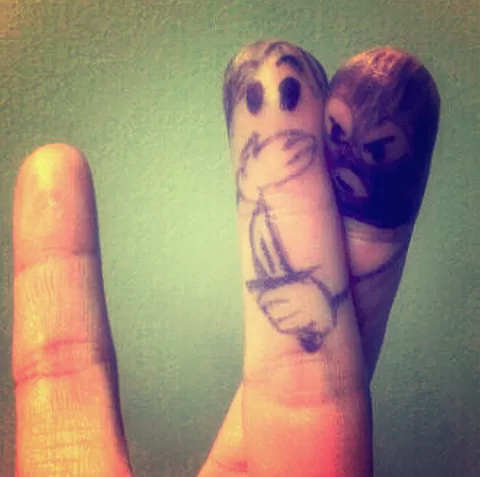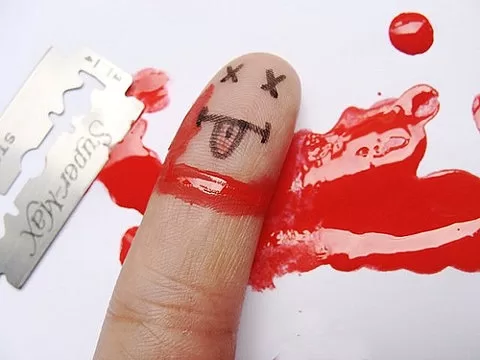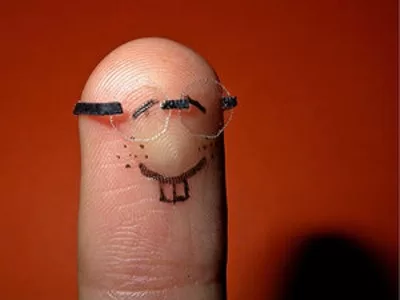Finger painting or Finger Art often conjures images of messy toddlers and colorful handprints adorning the fridge. While it’s undoubtedly a beloved activity for young children, finger painting is a versatile art form with a rich history and surprising depth.
A Hands-On Approach to Creativity
At its core, finger painting is the art of applying paint to a surface primarily with your fingers. It’s a direct, intuitive process that encourages experimentation and self-expression. While often associated with children, finger painting has been embraced by artists of all ages as a liberating and expressive medium.










Benefits of Finger Painting
Beyond the sheer joy of creating, finger painting offers numerous benefits:
- Sensory Exploration: Engaging multiple senses, particularly touch, finger painting enhances sensory development, especially in young children.
- Motor Skill Development: The act of spreading and manipulating paint strengthens hand muscles and fine motor skills, essential for handwriting and other activities.
- Creativity and Imagination: Finger painting encourages free-form expression, allowing individuals to explore their imagination without limitations.
- Stress Relief: The tactile nature of finger painting can be therapeutic, providing a calming and meditative experience.
Finger Painting Techniques
While finger painting is inherently spontaneous, there are various techniques to explore:
- Smudging: Spreading paint with your fingertips to create soft, blended effects.
- Dabbing: Creating texture and dimension by applying paint with gentle taps of your fingers.
- Dragging: Making long, sweeping motions to produce lines and shapes.
- Printing: Using your entire hand or individual fingers to create unique patterns and imprints.
Finger Painting Beyond the Easels
Finger painting isn’t confined to traditional paper and paints. Artists have experimented with a variety of surfaces and mediums, including:
- Sand: Creating textured artworks by mixing paint with sand.
- Body Painting: Using the body as a canvas for colorful expressions.
- Food-Based Paints: Exploring edible art forms with ingredients like yogurt, pudding, or whipped cream.
Finger Painting as a Therapeutic Tool
The therapeutic benefits of finger painting have been recognized in various fields, including art therapy and occupational therapy. It can be used to help individuals with emotional, physical, or cognitive challenges to express themselves and find relaxation.
In conclusion, finger painting is more than just a messy activity for kids. It’s a versatile art form that offers a multitude of benefits for people of all ages. Whether you’re an aspiring artist, a parent seeking creative activities for your child, or someone looking for a relaxing and expressive outlet, finger painting is worth exploring.

